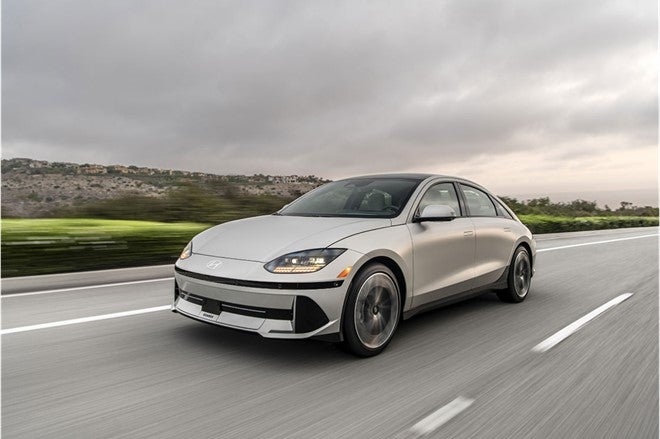
Indonesia’s new vehicle market expanded by over 23% to 93,197 units in October 2022 from 75,544 units a year earlier, according to member wholesale data compiled by local automotive industry association Gaikindo.
The country’s new vehicle market last month continued to recover from the pandemic lows, helped by an easing of supply chain bottlenecks which has allowed vehicle manufacturers to fulfil pent-up demand. GDP growth accelerated to 5.7% year-on-year in the third quarter from 5.4% in the second quarter, driven by buoyant commodity prices and exports. Consumer spending was also strong despite the recent interest rate hikes, helped by a return of domestic and international tourism after travel restrictions were lifted earlier this year. Bank of Indonesia continued to hike its benchmark interest rate in October, by 50% basis points to 4.75%, as consumer price inflation continued to surge.
At the end of September the government completed the phase out of the luxury tax discounts it introduced last year to support the vehicle market during the pandemic. The government is looking to increasingly incentivise vehicle sales based on emissions, with electric vehicles continuing to enjoy full luxury tax holidays and hybrids also benefiting from significant tax discounts.
Total vehicle sales in the first ten months of the year were up by over 21% at 851,413 units from 703,089 units a year earlier, with passenger vehicle sales rising by over 23% to 643,259 units while commercial vehicle sales were up by 15% at 208,154 units.
The market is likely to significantly exceed Gaikindo chairman Jongkie Sugiarto’s recent forecast of 950,000 vehicle sales in 2022. Earlier this month was made an upbeat forecast for the market in 2023, with sales expected to reach 975,000 units despite slowing global economic growth and rising interest rates.
Toyota’s nine-month sales increased by close to 21% to 276,820 units, driven by the launch of the all-new popular Avanza compact MPV at the end of last year, the Raize small crossover vehicle and the new Rush compact SUV. Daihatsu’s sales rose by almost 19% to 157,887 units, lifted by the Rocky small crossover vehicle and the new Xenia and Terios models; while Honda’s sales increased by 44% to 106,947 units, helped by the recent launch the new HR-V, BR-V and Mobilio models.
How well do you really know your competitors?
Access the most comprehensive Company Profiles on the market, powered by GlobalData. Save hours of research. Gain competitive edge.

Thank you!
Your download email will arrive shortly
Not ready to buy yet? Download a free sample
We are confident about the unique quality of our Company Profiles. However, we want you to make the most beneficial decision for your business, so we offer a free sample that you can download by submitting the below form
By GlobalDataMitsubishi’s sales declined by over 6% to 81,183 units year-to-date after almost doubling in the same period of last year, while Suzuki’s sales were 2% lower at 72,258 units.






